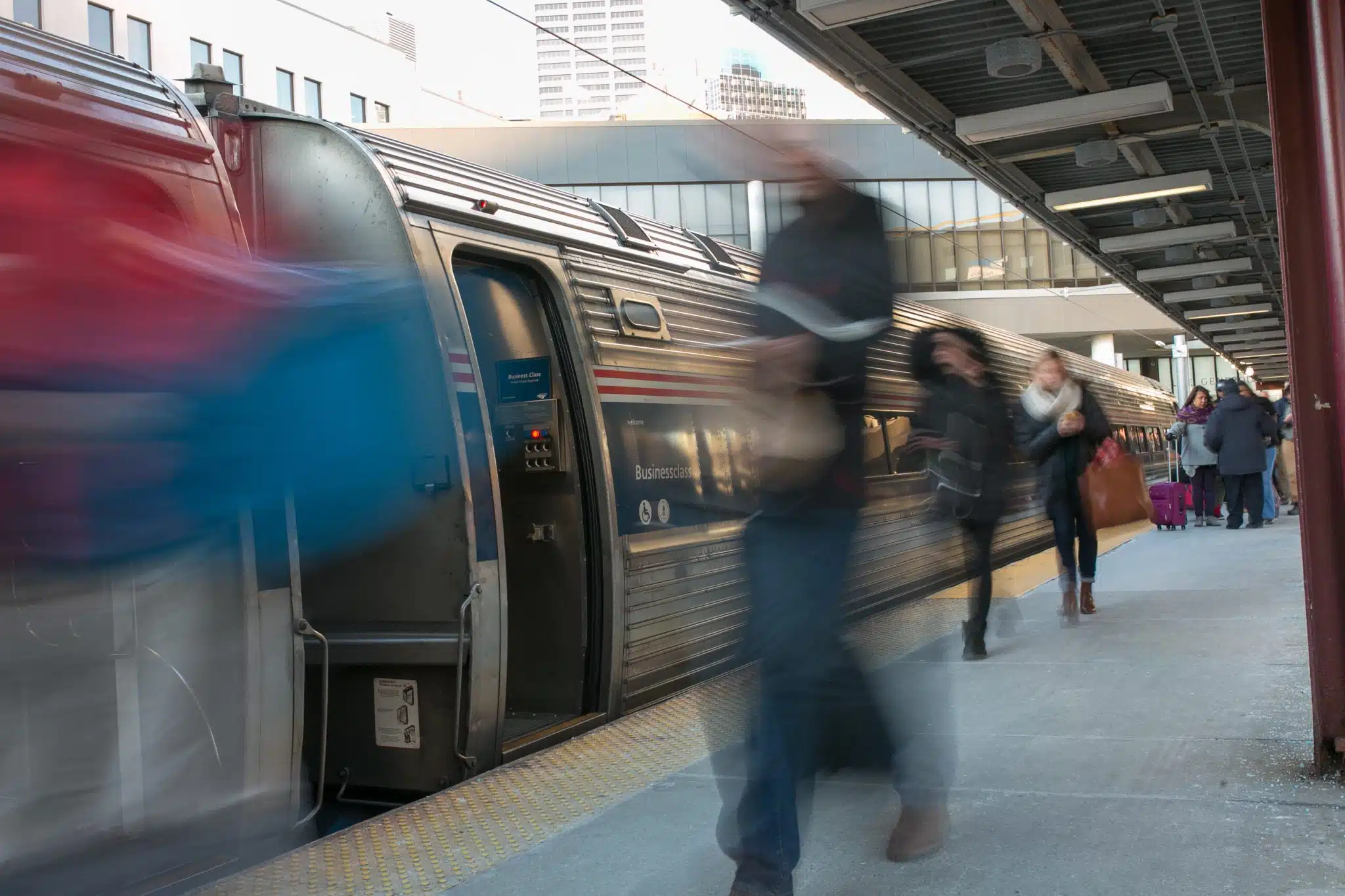Policy Position: U.S. freight railroads provide the literal foundation for the overwhelming majority of intercity passenger service in America. Policymakers should ensure that the passenger rail service on corridors owned by freight railroads is done safely and does not impede freight rail service.
Other than the Northeast Corridor, Amtrak and state-supported route trains, as well as most commuter railroads, primarily operate on tracks owned by freight railroads. In addition, most of the higher-speed and intercity passenger rail projects under development nationwide plan to use freight-owned facilities. Host freight railroads follow these principles when considering proposals for new or additional commuter or passenger rail service:
- Safety First: Railroads are a safe way to move people and freight, and everyone involved in railroading wants to keep it that way. That is why safety has to come first when it comes to passenger or commuter trains sharing track or rights-of-way with freight trains.
- Access & Capacity: Passenger rail use of freight rail corridors should not compromise freight railroads’ ability to serve present or future customers.
- Full Compensation: Freight railroads should be compensated for the use of their tracks and not be expected to subsidize commuter or passenger railroads.
- No One-size Approach Fits All: Each project involving passenger rail on freight-owned corridors has unique challenges and circumstances that should be evaluated on a case-by-case basis.

